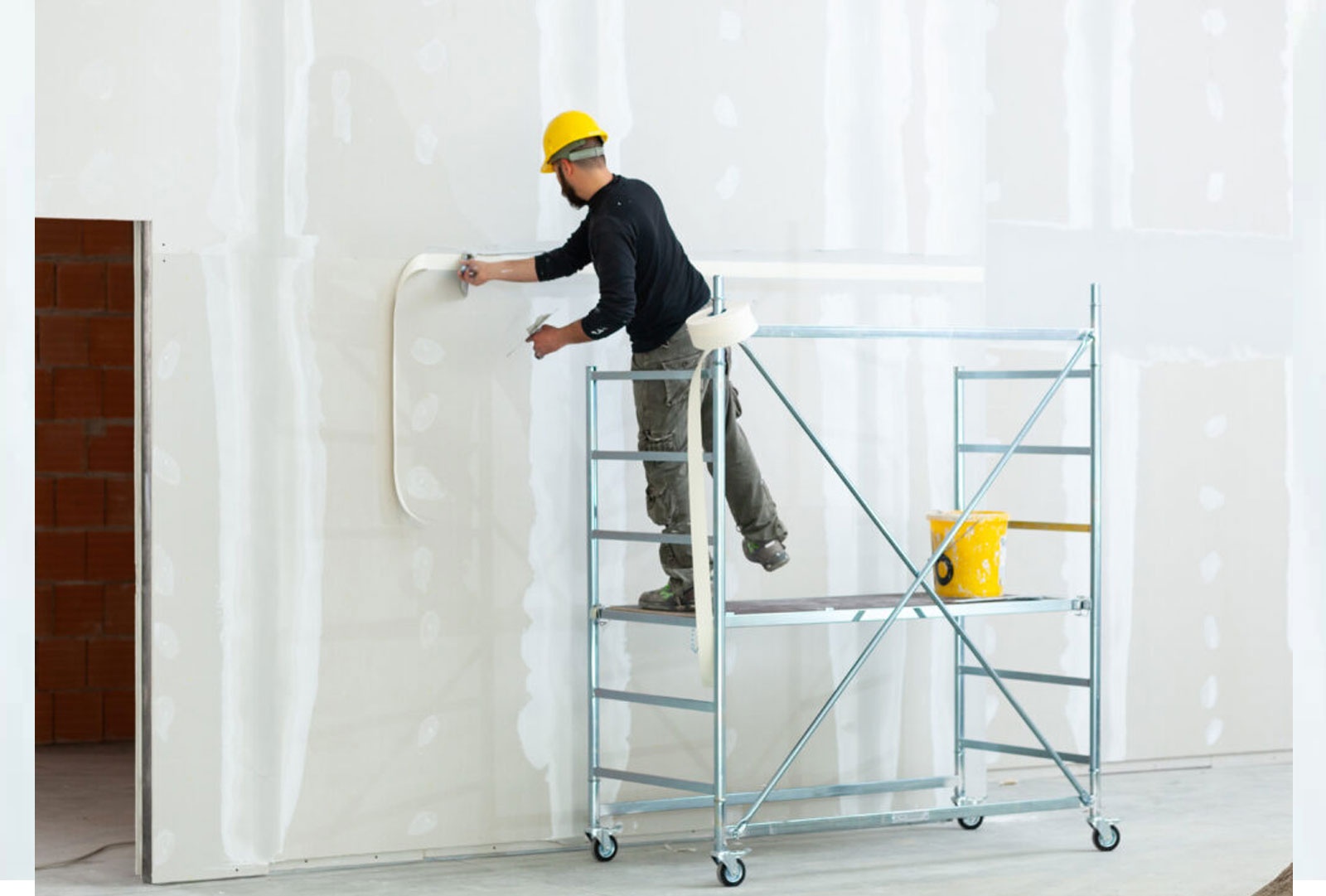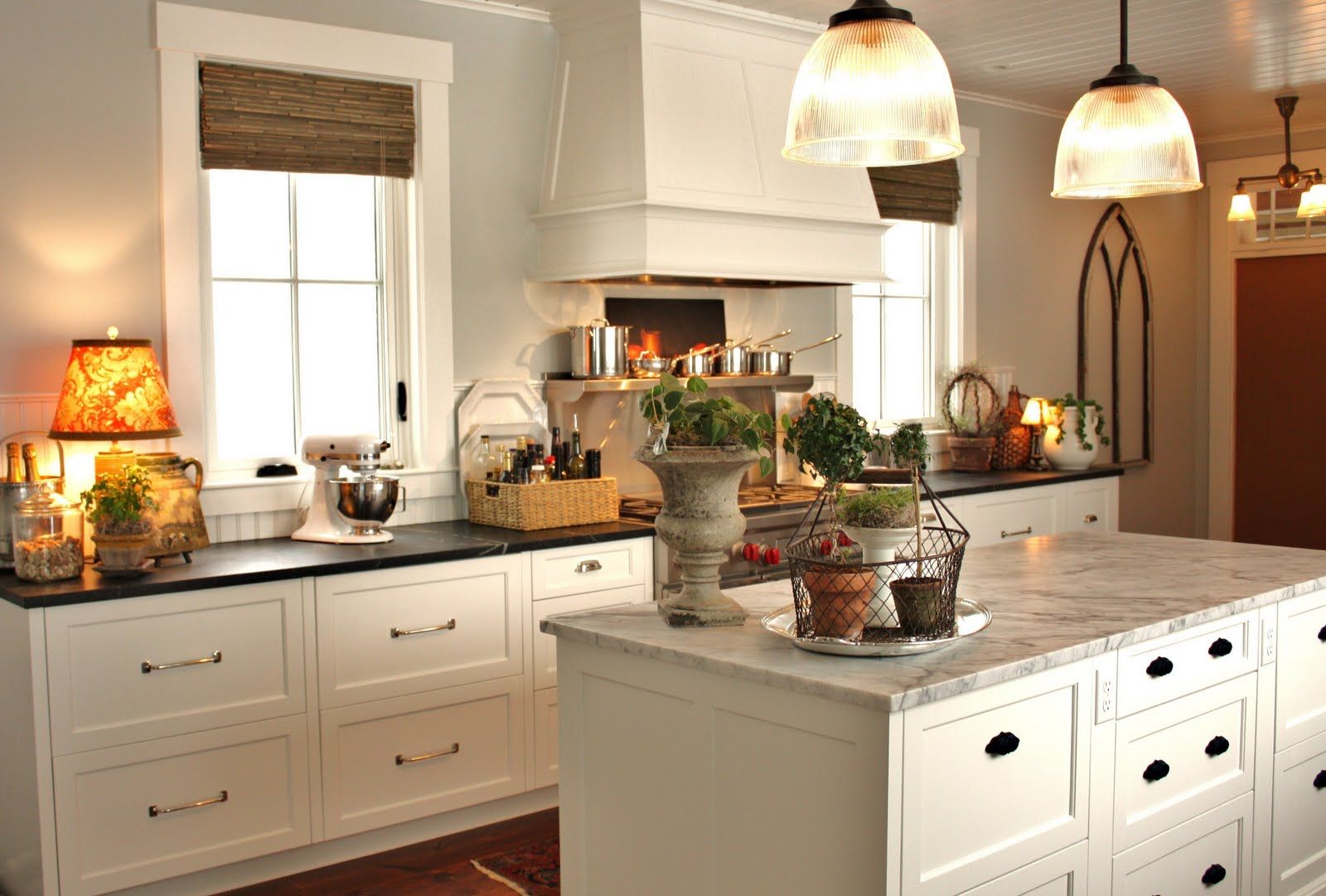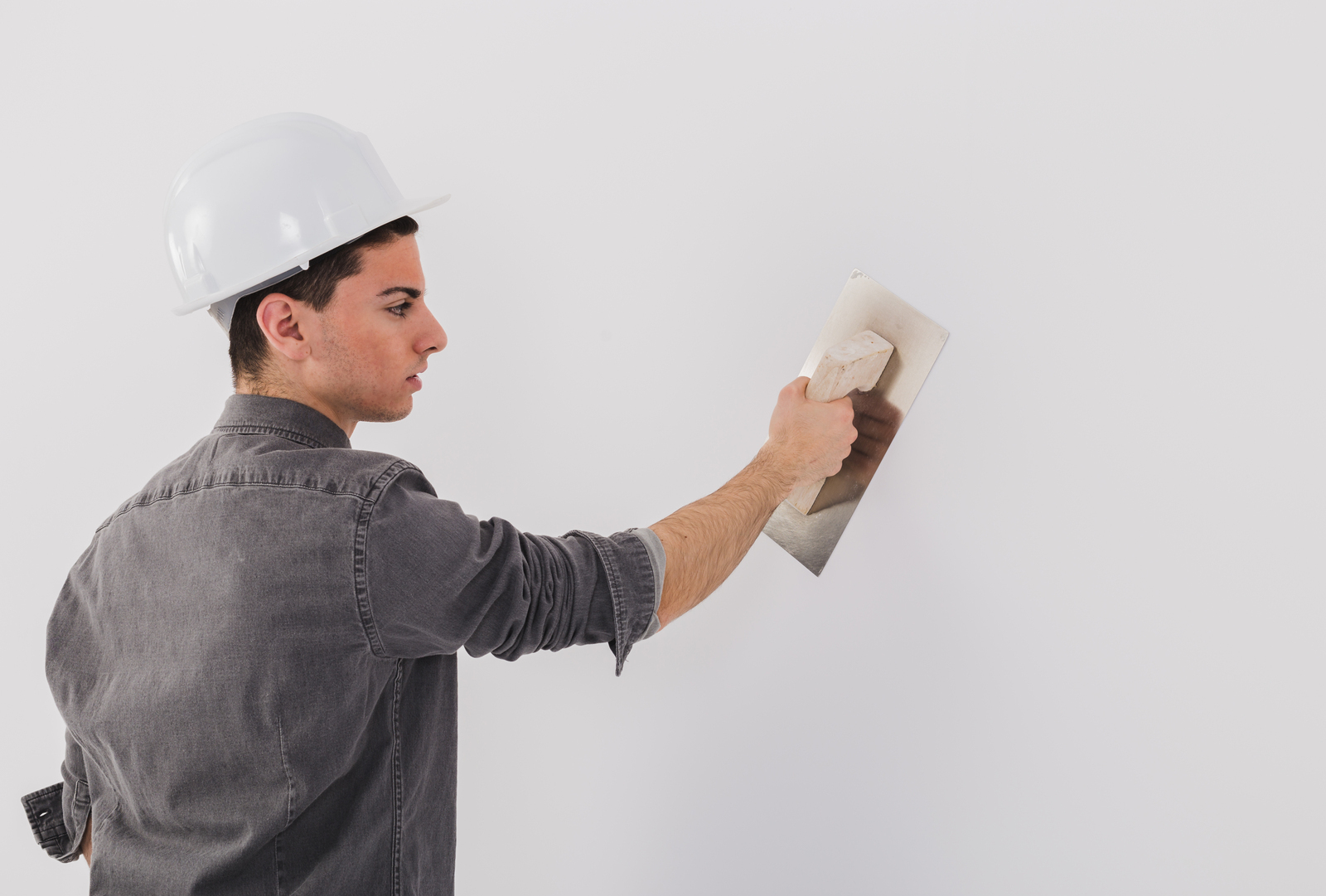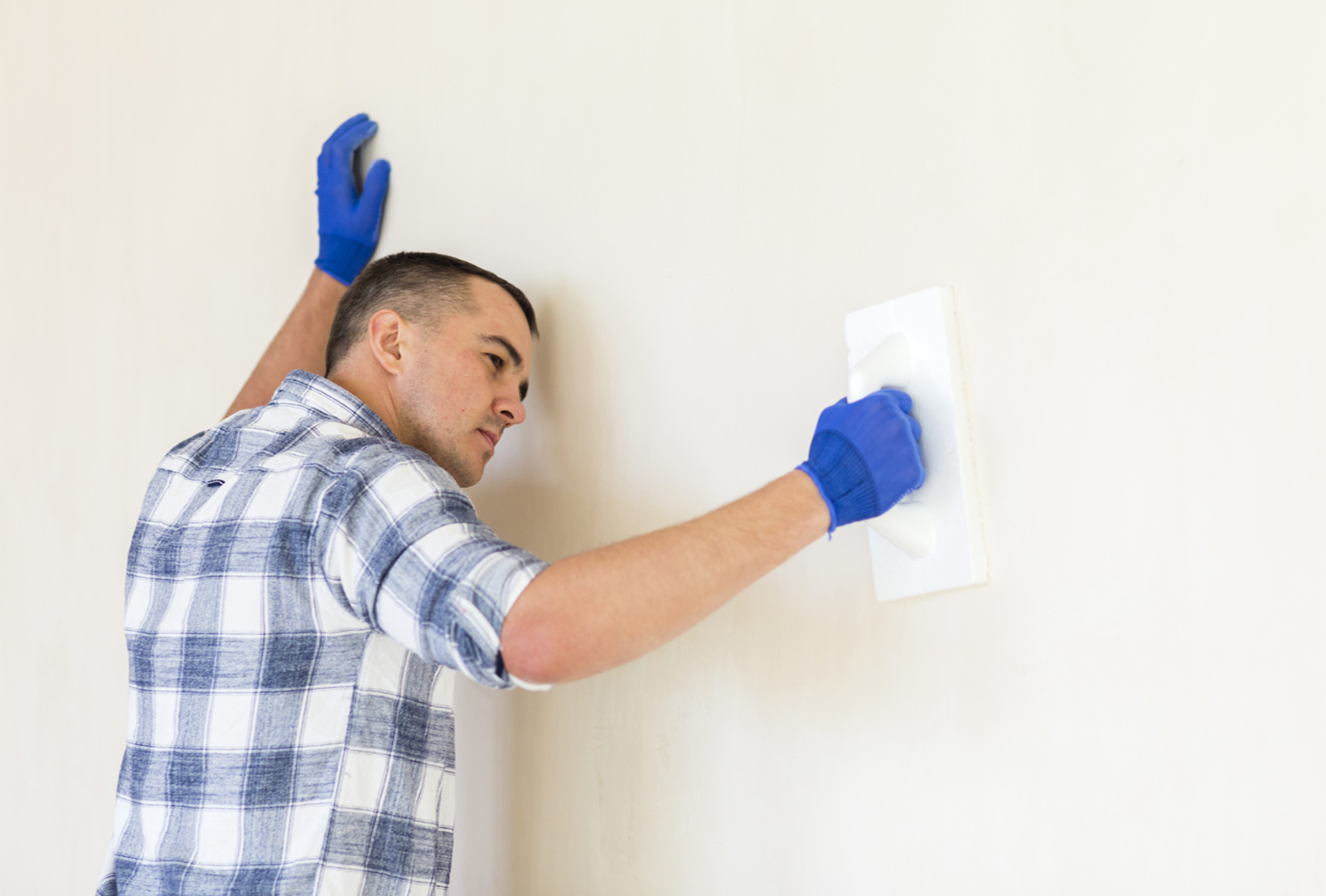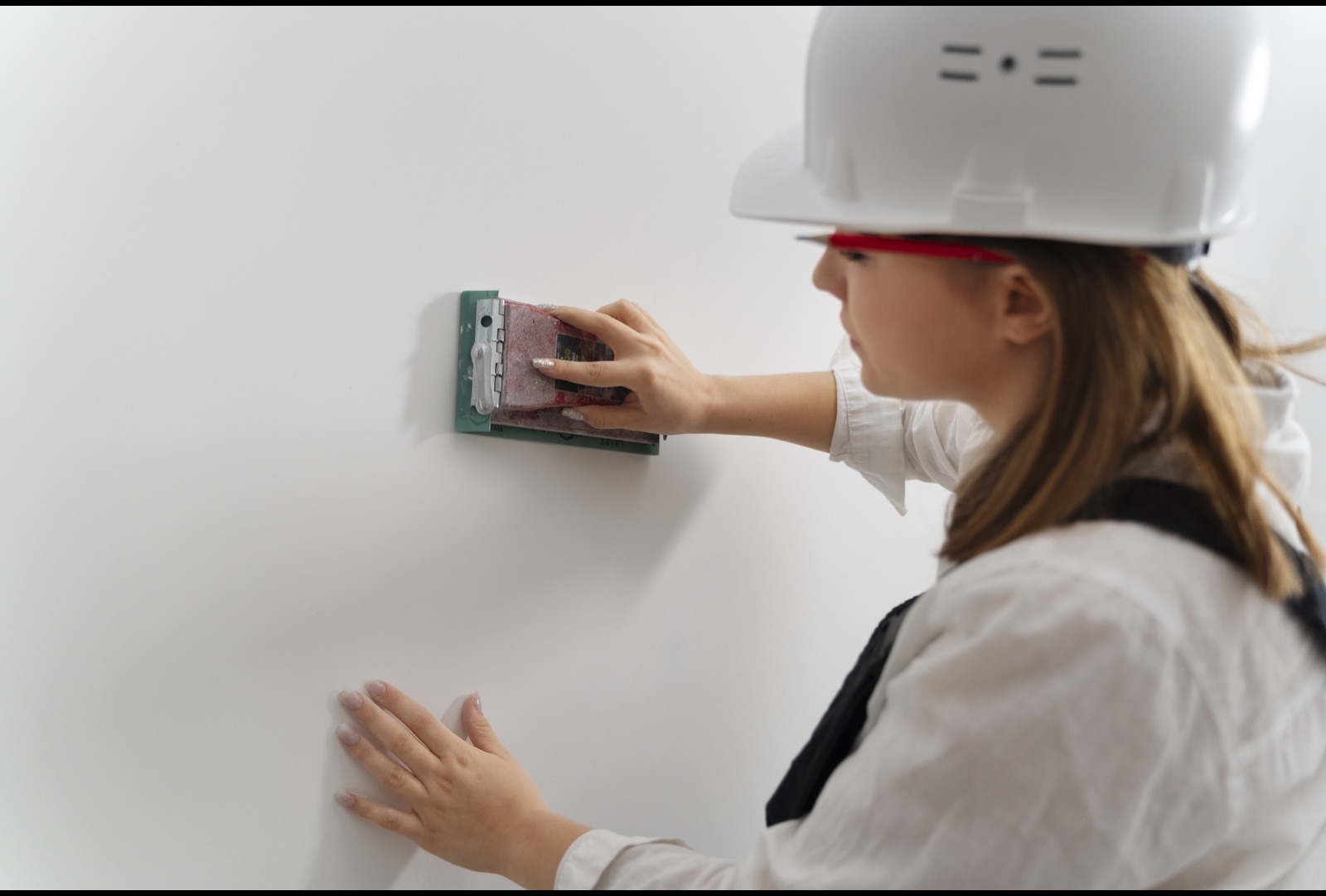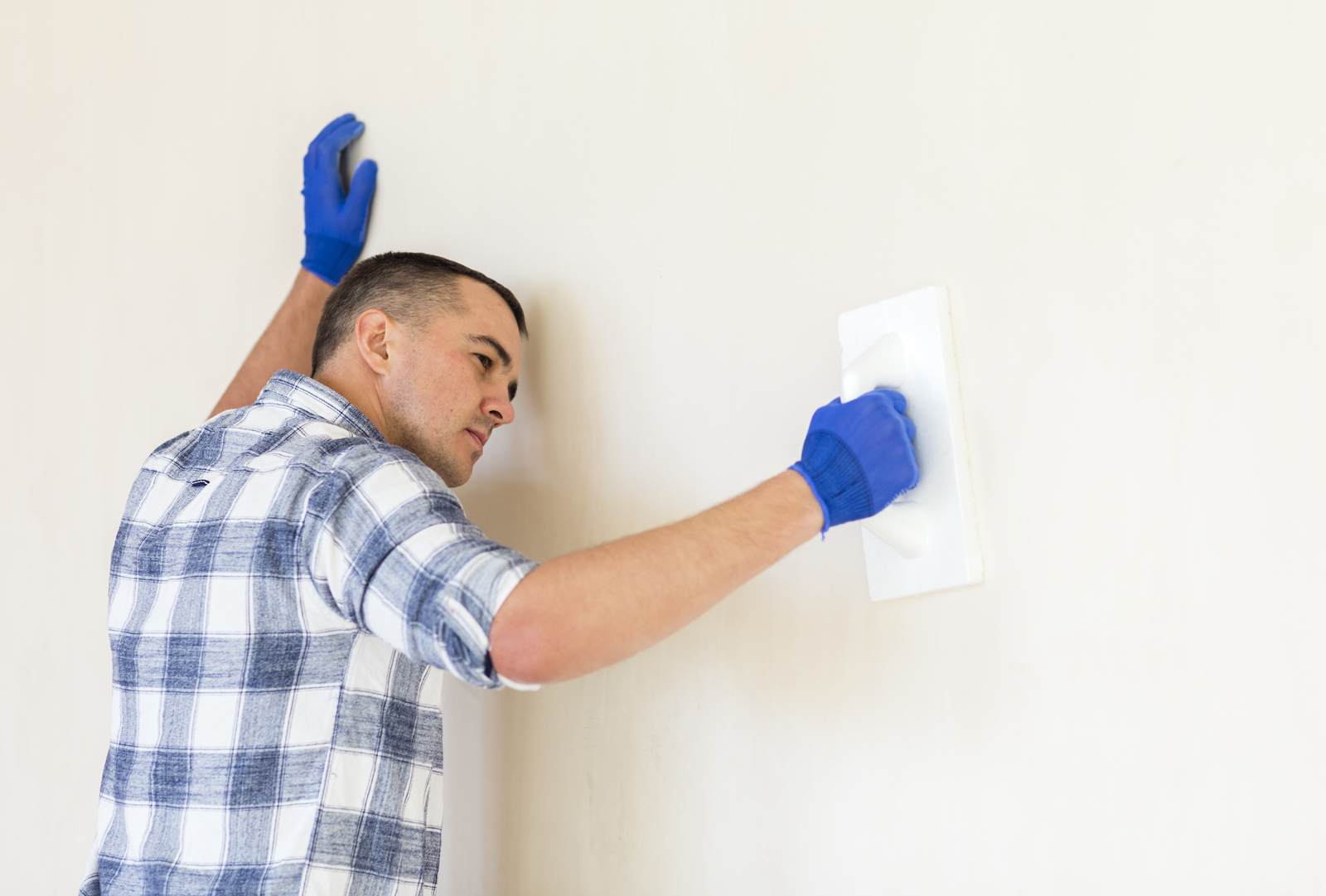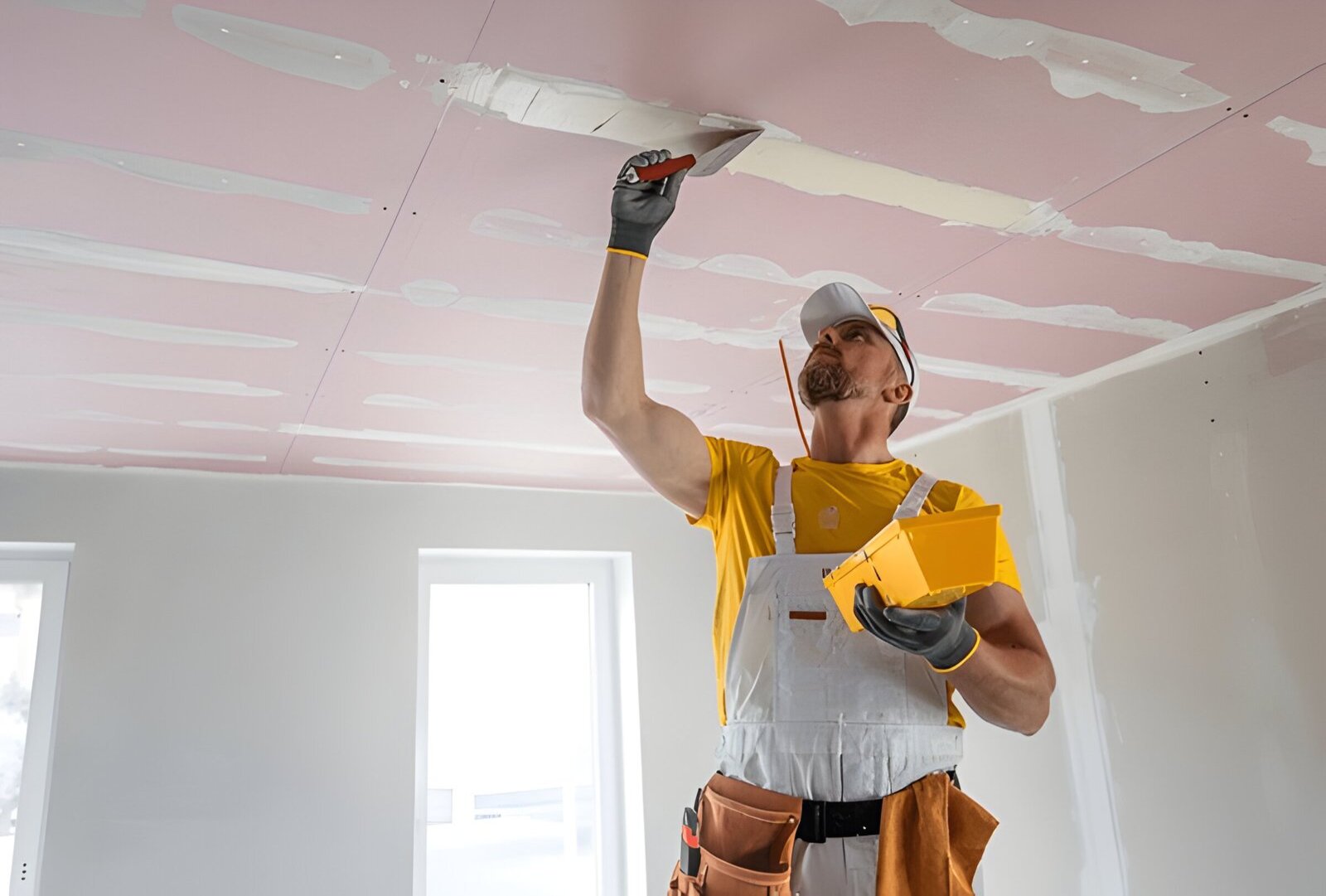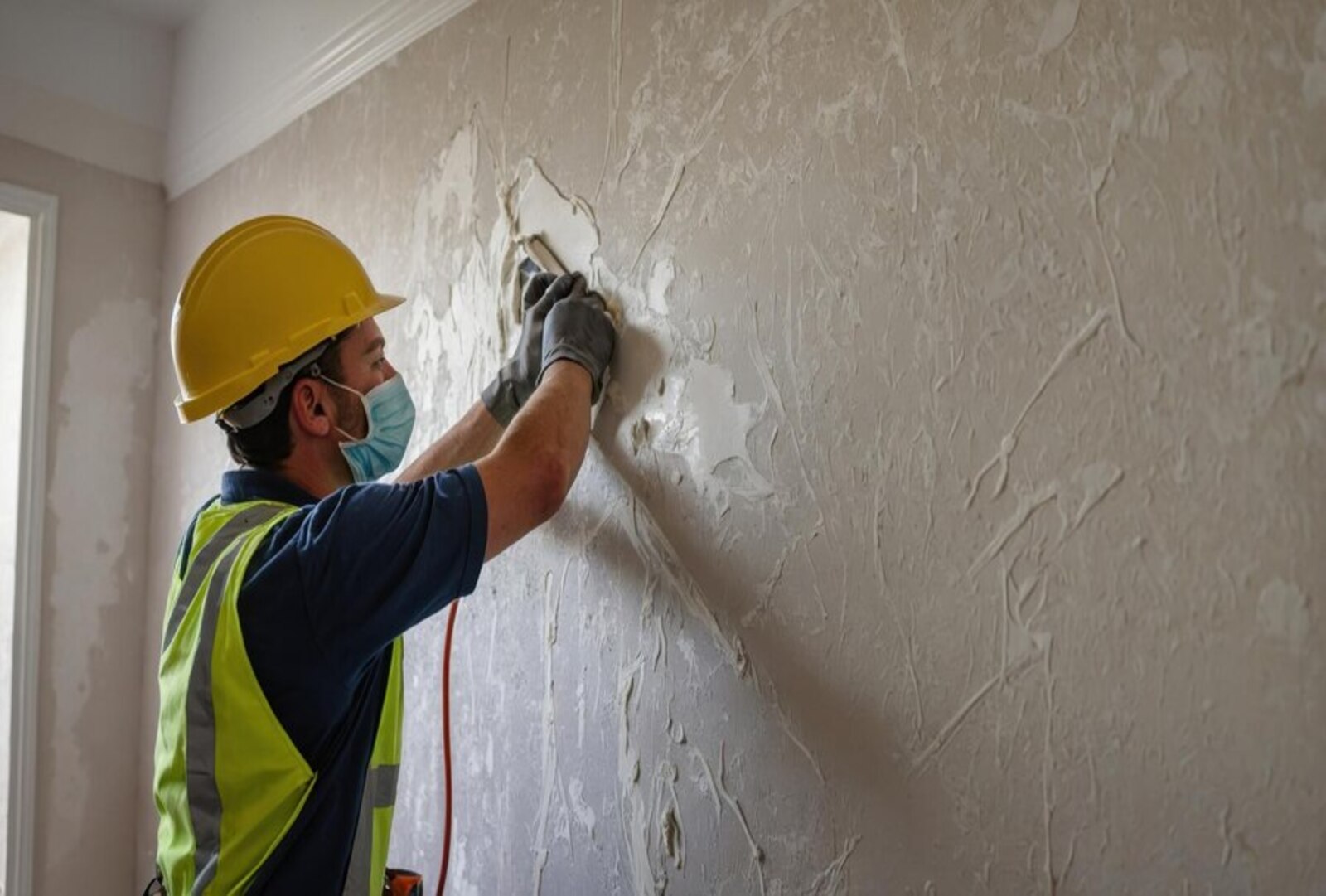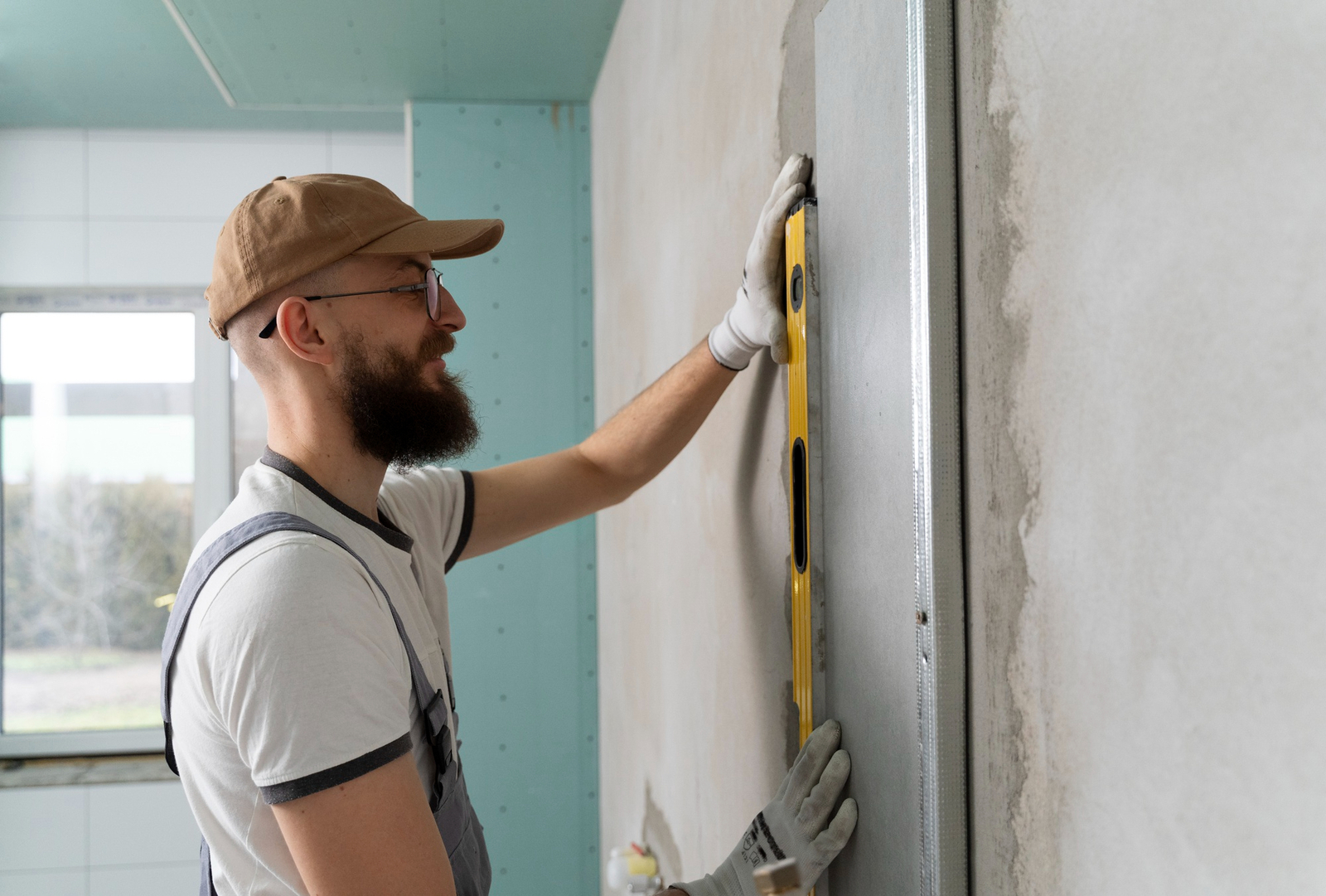Plastering refers to the process of covering masonry walls, rough and uneven textured surfaces with plastic substances commonly called as plasters. Overall, there are two kinds of plastering – External plastering and Internal Plastering.
Based on the materials used in the preparation of the plaster, they are classified as gypsum plasters, lime plasters, sand cement plasters, mud plasters, and stucco plasters. Plastering increases the durability of the wall. It enhances the aesthetics of the building as plasters can serve as a decorative coating and a base for casting decorative elements. Plastering is also done to prepare the base for painting and further processes. It is also used to hide the underlying plumbing works, brick work, diagonal-outs, and so on.
Plasters have to be selected and applied based on several factors.
How to choose the right plaster?
The plaster should bond well with the masonry surface.
The plaster should produce a crackless, smooth finish. It should have the capacity to produce a glossy finish without any additional requirements – like application of putty or Plaster of Paris.
The plaster should be economical and affordable
The plaster should have enormous resistance to heat, fire, corrosion and cracks
The plaster should consume lower resources like labour, fuel, electricity, and water
Setting time of the plaster should be lower. Otherwise, it may increase the time required for completing the plastering work and the project. It also increases the cost of the entire project. The builder may not be able to deliver the project in the stipulated time frame.
The plaster should be light in weight and must have a lower density so as to increase the resistance of high-rise buildings to wind, storm, or natural calamities of higher magnitude.
Because plastering is also done in the interior of the commercial buildings like hotels, hospitals or educational institutions, it should have perfect acoustic properties so as to ensure sound resistance. This enhances the overall quality of the construction.
If you are looking for a plaster, with all the above properties, then gypsum plaster is the key. Gypsum plaster has all of the above and much more, like moisture retention, maintaining humidity balance inside the building, reducing pollution and making construction of green buildings a reality.
No matter if you are into construction of
Government buildings
Educational Institutions
Hospitals
Commercial buildings
Villas and apartments
Townships
This is the right time to shift to gypsum plasters. Gypsum is an incredible mineral that has revolutionized the construction industry and if you have not shifted to using gypsum plasters or other gypsum-made materials in your construction work, chances are you are missing a trend.
How is gypsum plaster prepared?
Gypsum is a natural, light-weight mineral deposited across the major sedimentary rocks found in thick beds or layers in river beds, coastlines, deltas, hot springs, and lagoons where there is water that is rich in calcium and sulfate. When water evaporates and sulfur comes in contact with oxygen to form a sulfate (SO4). This sulfate then bonds with calcium and water to form Gypsum – CaSO4.2H2O.
Commonly found in several parts of the world, gypsum occurs as crystals or deposits in river beds. The gypsum is then ground to a fine powder and then heated to high temperatures to obtain gypsum plasters.
How is gypsum plaster stored? What is the shelf life of gypsum plaster?
Gypsum plasters should be given due care while storing them before and during application at the construction site.
In the market, Gypsum plasters are sold in bags of 20-40 kgs. While storing make sure that the package is tight and sealed for use as gypsum plaster.
When storing gypsum plaster bags at the construction site, they must be stored on an elevated surface made of concrete, timber or brick. Place the bags away from the walls and other masonry surfaces as this may expose the bag to water or moisture.
Do not expose the bags to moisture. This reduces the setting time of the plaster and adversely impacts the strength of the gypsum plaster. The gypsum plaster bags should be stored so that there is no possibility of the bag getting in contact with water or moisture content.
The shelf life of to-be-applied gypsum plaster is 3-4 months from the date of manufacture and production. But, if stored properly with optimal care and proper environment or temperature setting, the shelf life can be extended by another six months.
How is gypsum plaster applied?
During application, the gypsum plaster is then mixed with water. Some tips to follow while gypsum plastering.
Surface preparation – Ensure that you touch up the cracks, holes and seams are fixed before applying the plaster. Dust also needs to be removed before plastering. Without proper preparation of the surface, it might be difficult to achieve a smooth, crackless, glossy finish.
Mixing with water – While mixing the gypsum plaster with water always add plaster to the water, and not the other way round. This improves the plaster consistency and helps in avoiding the formation of lumps.
Always mix well. Do not over mix or under mix. The optimal mixing time is 1-2 minutes. Complete the mixing in less than 2 minutes and greater than a minute. If you over mix the plaster you may not be able to achieve the desired consistency and smoothness of the finish. On the other hand, if you under mix, the plaster tends to separate and peel off from the surface.
Do not take water at extreme temperatures- neither so cold nor so hot. If you use hot water, the plaster might get hardened right at the moment and it might get hard for you to achieve the desired smoothness. On the other hand, if you use extremely cold water, you may have to invest humongous efforts in mixing the plaster. So take water at room temperature.
Do not soak the plaster for too long in water. If you do so, the plaster may begin to settle down and harden out.
Using dirty buckets, contaminated tools, unclean water, or dirty drills, may impact the quality of the plastering output. Make sure that you clean the equipment, tools, and machinery at every step of the plastering process.
How long can gypsum plasters last? Or What is the durability of gypsum plasters?
It is important to note at this juncture that gypsum plasters have been in use along with lime across the world for application on floors, walls, and ceilings since the 16th century. Do you know that the very popular Giza pyramids are plastered with gypsum. Frescoes, ornaments and several royal buildings in Britain that have used gypsum plasters stand tall even today after surviving natural calamities, invasions, etc. This is a great testament to the durability of gypsum plasters unlike cement plasters that develop cracks and require regular maintenance and repairs.
Conclusion
Thus, gypsum plasters are not in their novice stage. They have been in use even during the 15-16th century in various parts of the world. If you have not shifted to using gypsum plasters in construction of buildings, chances are that you are missing out on an important trend that is on its way to becoming a revolutionary construction material.
Shift to gypsum plaster and avail considerable savings in construction cost and time. Gypsum plasters reduce construction cost by 20% and construction time by 75% when compared to sand cement plasters.
.gif)


